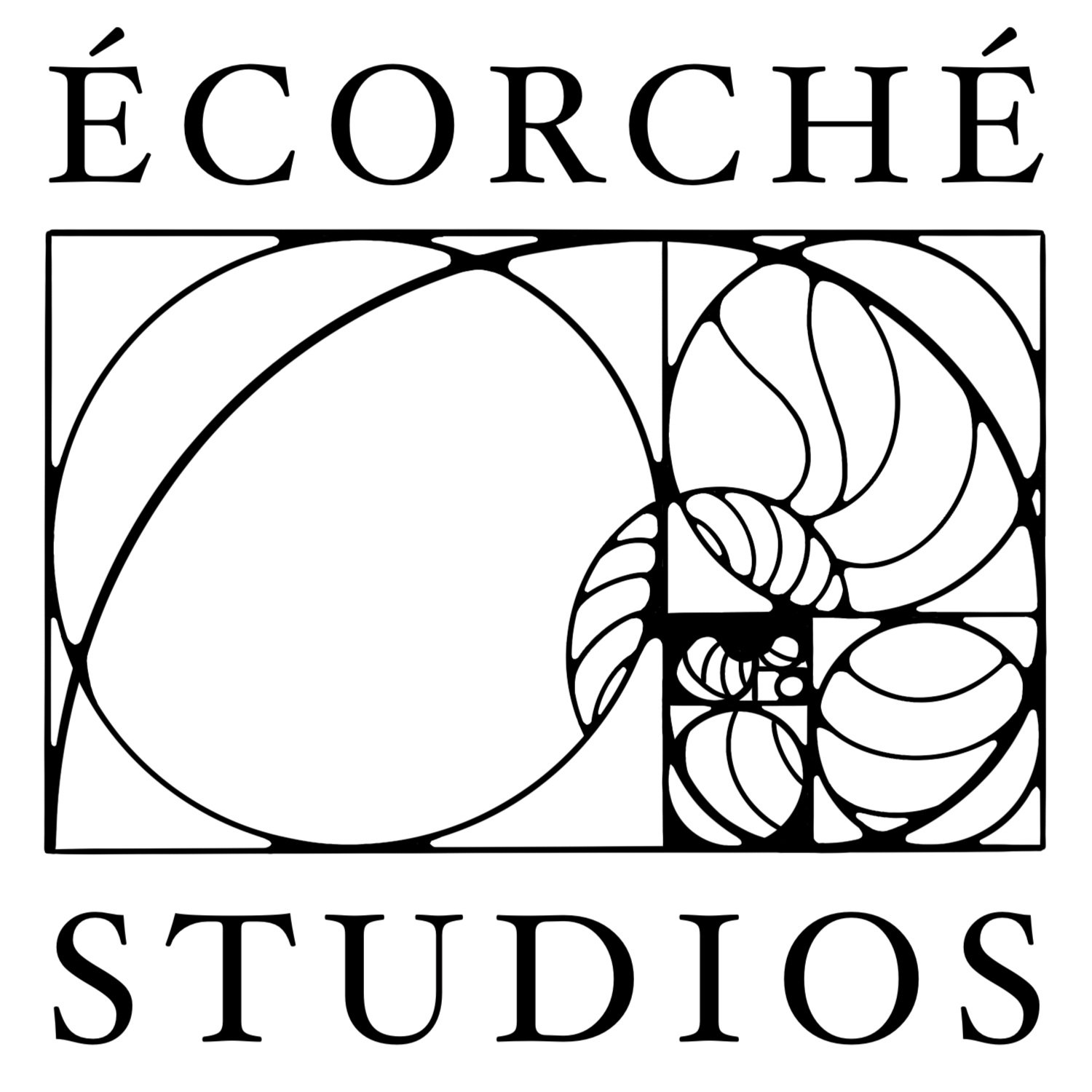In Part 1 of our series on the history of écorché, we explore the origins of this anatomical art form from its ancient beginnings through the Renaissance period.
Read moreHeather Dewey-Hagborg: The Mystery of Embodiment
Image 1. Probably Chelsea by Heather Dewey-Hagborg . Source.
The face functions as a mask, orchestrated through cumulative genetic anomalies. This surface carries immense symbolic weight, though chance built its singular identity out of a sea of possibilities. The might-have-beens remain, locked within the microscopic building blocks of what-is. But what is more essential to a person, their face or their DNA?
Through her many works deciphering and investigating genetics, artist Heather Dewey-Hagborg teases at both timeless and contemporary questions about the body. Her practice investigates the inherent politics of technology and its social implications as she, “aims to draw viewers into a deep and complex relationship with their own biology, and a visceral understanding of the social impact of new technologies” [1].
Within the broad spectrum of her work, a few overarching themes emerge. What constitutes the body, the visible tissue or the genetic code? In light of that, how do we make sense of the constant shedding and scattering of genetic material throughout the world and can we comprehend the body in more ways through this dialectic shift?
The 3-D printed masks pictured above are part of the work Probably Chelsea, a “collection of thirty different possible portraits of whistleblower Chelsea Manning algorithmically-generated by an analysis of her DNA” [2]. Dewey-Hagborg relied on cheek swabs from Chelsea to extract potential facial characteristics with wildly varying results. While the capabilities of this technology are tremendous, it cannot be treated as a dependable source of evidence since the translation from DNA data to facial characteristics is not a 1:1 relationship.
Through this and her earlier project Stranger Visions, where she worked with the genetic traces of strangers, Dewey-Hagborg seeks to “call attention to the developing technology of forensic DNA phenotyping, the potential for a culture of biological surveillance, and the impulse towards genetic determinism” [3]. She demonstrates that while our understanding of the human body continues to expand rapidly, our confidence ought to be tempered by curiosity and open-minded skepticism.
Images 4 & 5. Stranger Visions by Heather Dewey-Hagborg . Source.
In tandem with these considerations, Dewey-Hagborg’s work also entertains a certain romanticism about the interconnectedness of human beings. As Stranger Visions demonstrates, the physical presence of a person lingers long after they pass through a space. Whether that remnant be a single hair, a piece of chewing gum, a discarded sock, or even a particle of dust, the essence remains and so does the story of that person.
The human body contains a universe of complexity, spanning the gap between visible and invisible. Our relationship to this embodied experience is perpetually skewed by our desire to understand who and what we are. It is a mystery that continues to compound as it extends ever outward from the people we know to the people we may never know.
But we bear the responsibility to make sense of this enigma as we will. Do we treat embodiment as a hazard or inconvenience or do we see it as a synapse for something even more incomprehensible? I admire the tenacity with which Heather Dewey-Hagborg pursues connection rather than settling with a cold acknowledgement of scientific fact. That tenderness allows her to love, grieve, and learn more fully as she gently strips away superficial assumptions in deference to curiosity and empathy.
Écorché & Animal Anatomy
The study of human anatomy often demands specialization since it requires a significant depth of knowledge. Yet an undeniable link exists between human and animal anatomy, one that blurs the edges of categorization and leads us to the question of how the story of écorché applies to animals and not just humans.
Read moreHistory of Écorché: Contemporary Applications of Écorché
In Part 3 of our series, we discuss how the study of écorché has evolved from its initial explosion in the Renaissance while remaining a powerful tool for medical research and fine art instruction.
Read moreNeural Networks & Art: The Roles of Logic and Intuition in Art-Making
This past year brought an influx of AI breakthroughs, thawing an ‘AI winter’ and provoking equally optimistic and antagonistic reactions. Art sits squarely at the epicenter of this disruption, demanding discourse about the impacts of AI on art and clarification of the terms used to distinguish between what is human or machine made.
Read moreHistory of Écorché: From the 17th to 19th Centuries
In Part 2 of our series, we explore the art of écorché in the post-Renaissance period through the 19th century and its role in advancing anatomical science.
Read moreBest of 2022
Our intent here is to provide you with a glimpse into some of what has captured our attention this past year. This snapshot provides an overview of the multiplicity of entities sharing ideas that spark our curiosity.
Read moreHistory of Écorché: Origins Through the Renaissance
In Part 1 of our series on the history of écorché, we explore the origins of this anatomical art form from its ancient beginnings through the Renaissance period.
Read more


